|
Tuesday-Thursday 1230 to 2PM, RLM 5.104 Email Addresses: Eric R. Pianka (pianka@mail.utexas.edu) 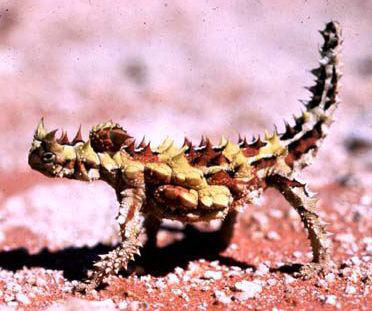
Office Hours: Eric (PAT 125, Mon., Fri. 1-2) Download Syllabus 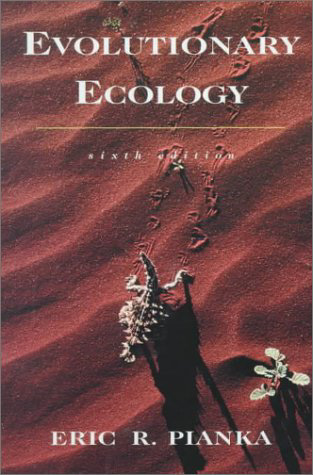 Text: Pianka, Evolutionary Ecology, 6th or 7th ed.
Text: Pianka, Evolutionary Ecology, 6th or 7th ed.Student Evaluations of some past 357 classes 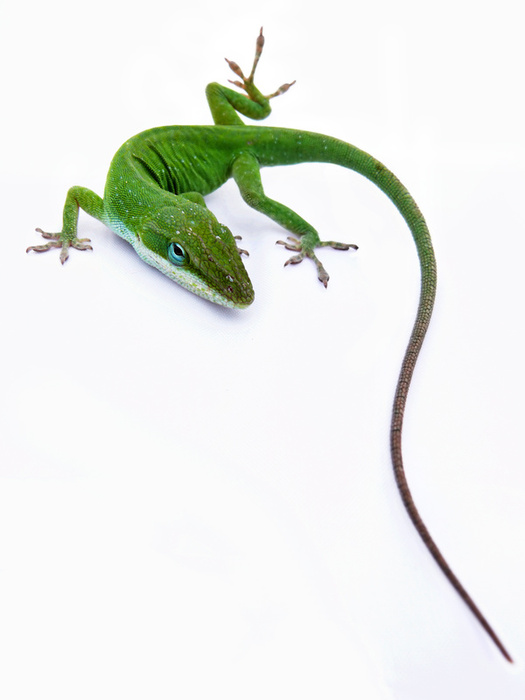
Please read the following essays: 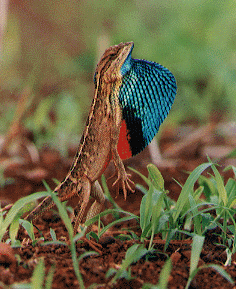
Suggested Additional Reading: Exams: Three in-class exams during the semester (only the best two will be counted) plus one comprehensive final, scheduled as follows: 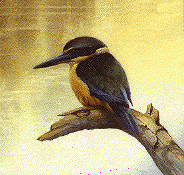
Download Sample Exams Letter Grade: Your lowest hour exam will be thrown out. Your best two exams will each count 25% of your course letter grade. The comprehensive Final will count as 50% of your course grade. NOTE: The Final Exam is scheduled from 9-12 AM on Friday, Dec. 9th, 2011. These four exams are the only way to make your grade. No "extra" points are available. No "make up" exams! Final grades are FINAL, carved in stone, and will not be changed. UT's "new" plus/minus grading system will be employed. How to get straight A's Download Class Handouts Download PPTs of Class Lecture notes Course Outline, Biology 357: Evolutionary Ecology Background Scaling and the hierarchical structure of biology, levels of approach in biology, domain of ecology, definitions and ground work; anthropocentrism, the importance of wild organisms in pristine natural environments, the urgency of basic ecological research; scientific methodology; models; multiple causality; limiting factors, tolerance limits, the principle of allocation; natural selection, self-replicating molecular assemblages; units of selection. Principles of Population Ecology Life tables and schedules of reproduction; net reproductive rate and reproductive value; stable age distribution; Leslie matrices; intrinsic rate of increase; evolution of reproductive tactics; avian clutch size; evolution of old age and death rates; population growth and regulation -- Pearl-Verhulst logistic equation; density dependence and independence; r and K selection; population "cycles," cause and effect; use of space (vagility, home range, territoriality, foraging tactics); evolution of sex; sex ratio; mating systems; sexual selection; fitness and the individual's status in the population; kin selection, reciprocal altruism, parent-offspring conflict. Interactions Between Populations Parasitism, Commensalism, Mutualisms, etc.; Direct versus indirect and complex population interactions. Competition and Niche Theory: Lotka-Volterra equations and competition theory; diffuse competition; niche overlap and competition; niche dimensionality; niche breadth (specialization versus generalization); evolutionary consequences; laboratory and field experiments; other evidence from nature; future prospects. Predation: Theory; predator-prey oscillations; aspect diversity; "prudent" predation and optimal yield; evolutionary consequences; predator escape tactics; adaptive coloration; mimicry; warning calls; coevolution; plant-herbivore interactions and plant-apparency theory; selected other observations and experiments. The Role of Phylogenetics in Ecology Phylogenetic systematics, independent contrasts, the comparative method, evolutionary ecomorphology, recovering the history of the vanishing book of life on Earth Community Ecology Macrodescriptors; compartmentation in communities (trophic levels, guild structure, and food webs); connectance; pyramids of numbers, biomass, and energy; energy flow and ecological energetics; secondary succession and transition matrices; community matrix; saturation with individuals and with species; species diversity; diversity of lowland rainforest trees; community stability; chaotic attractors; evolutionary convergence and ecological equivalents; evolution of communities; pseudo-communities. Island Biogeography and Conservation Biology Classical biogeography; biogeographic "rules;" continental drift; island biogeography; species-area relationships; equilibrium theory; compression hypothesis; islands as ecological experiments: Krakatau, Darwin's finches, Hawaiian Drosophilidae, other examples; metapopulations, conservation biology, human impacts on natural ecosystems, hot spots of biodiversity, applied biogeography and the design of nature preserves. Click here to go to Pianka Lab Homepage Last updated 30 June 2011 by Eric R. Pianka |